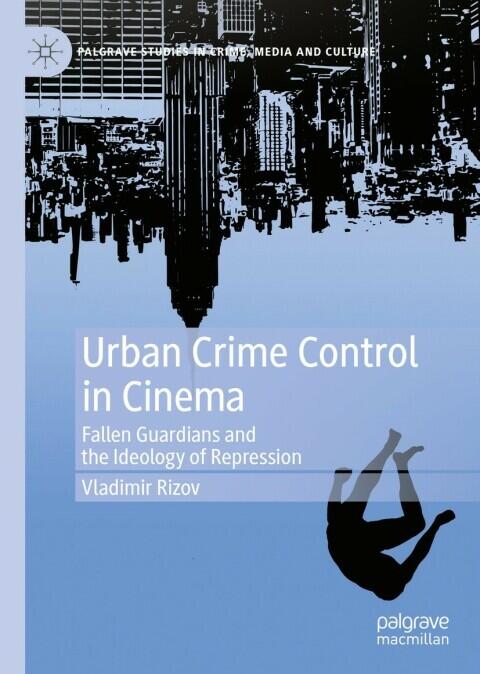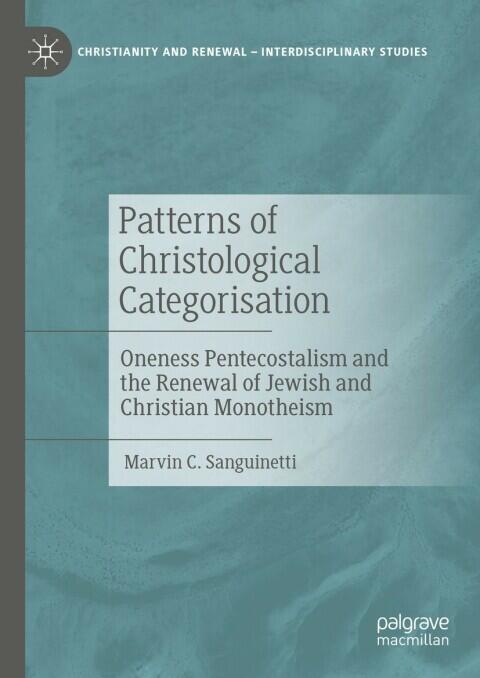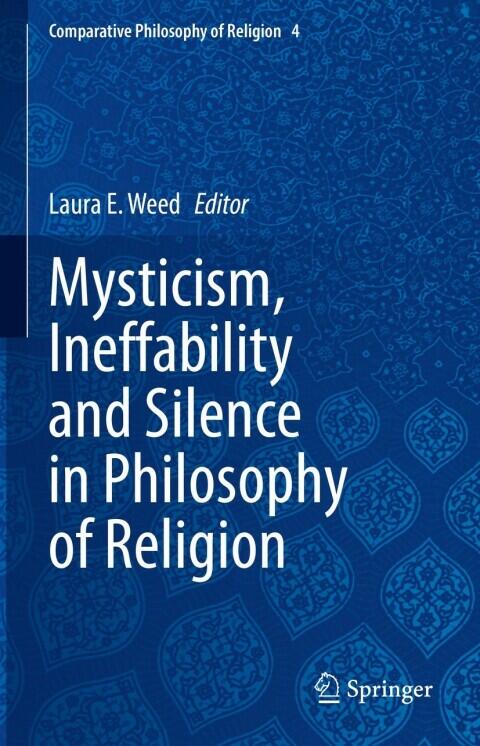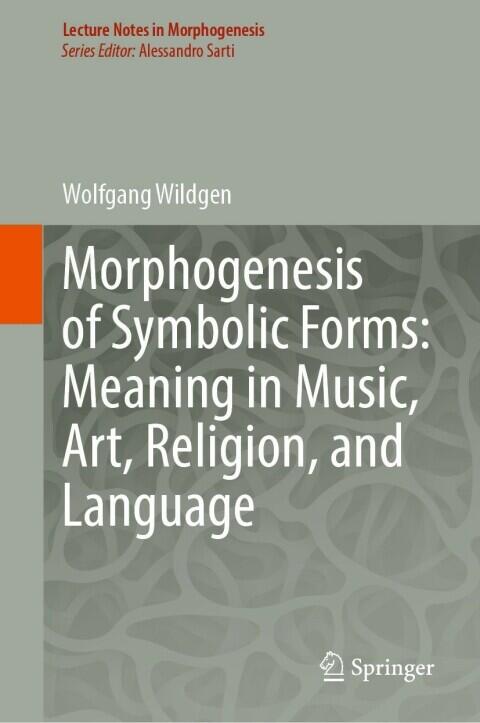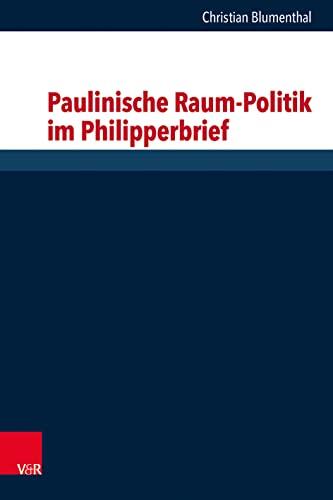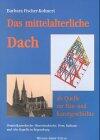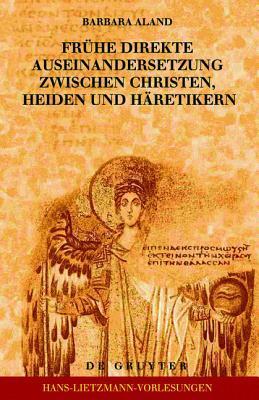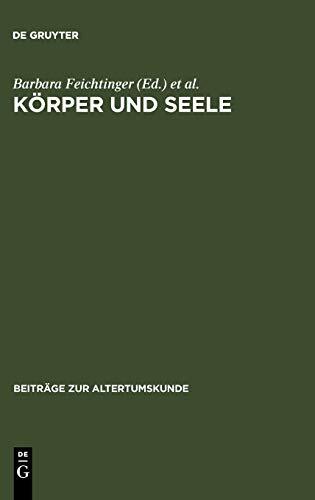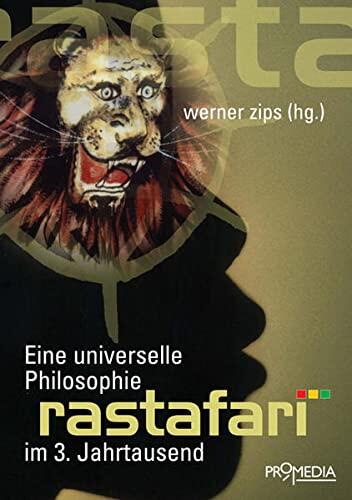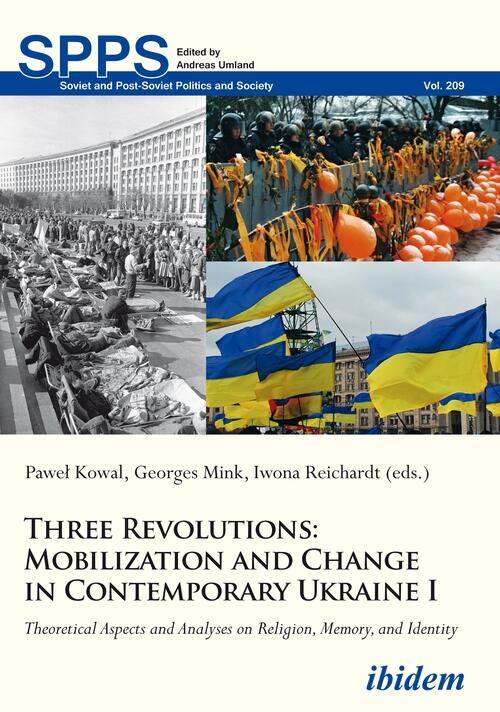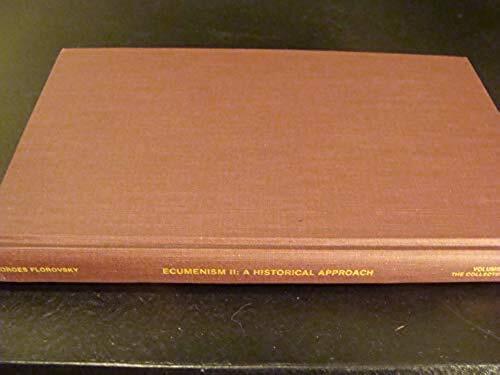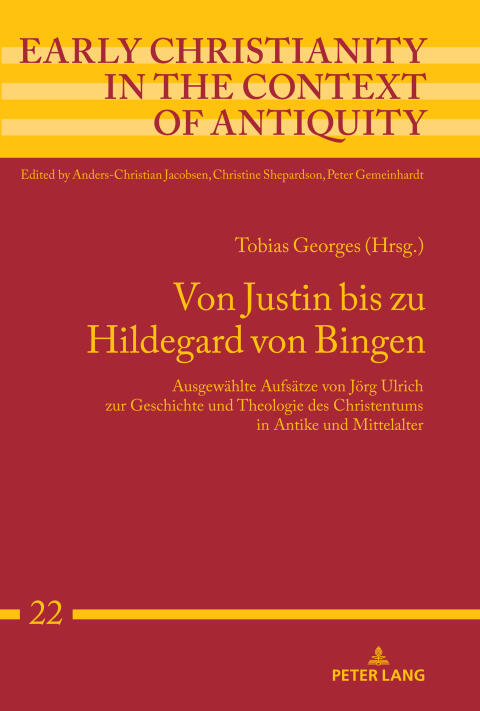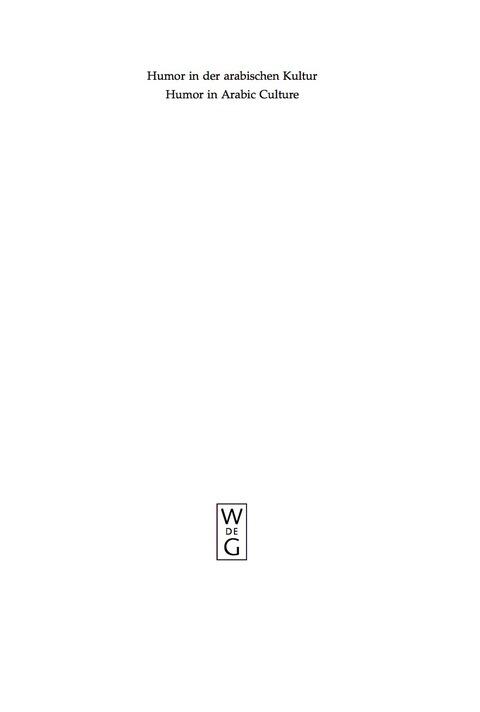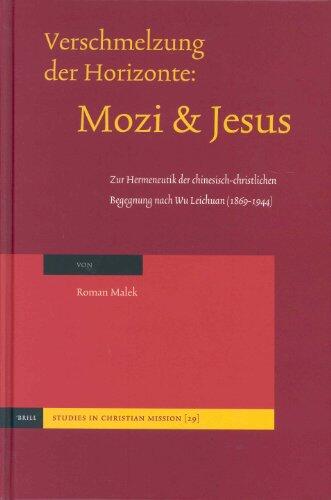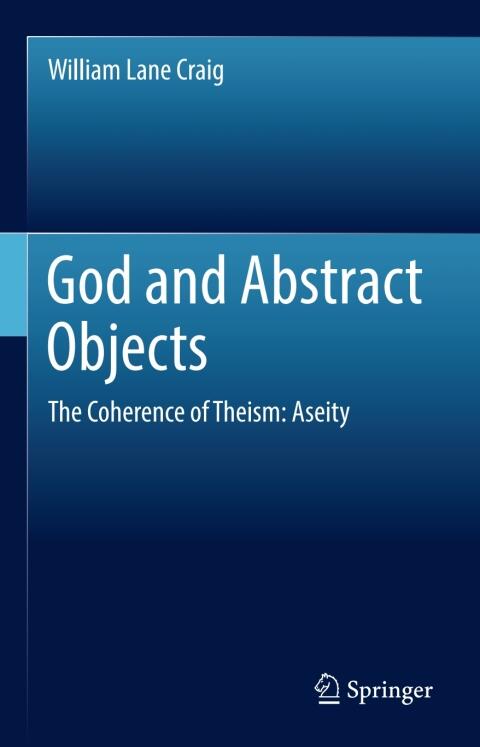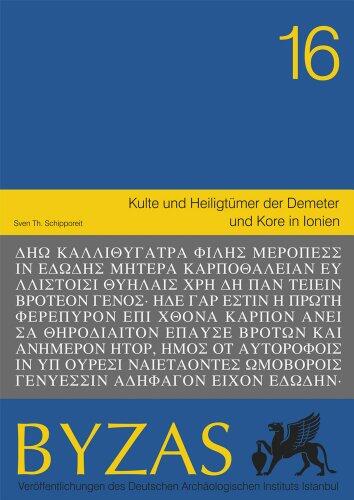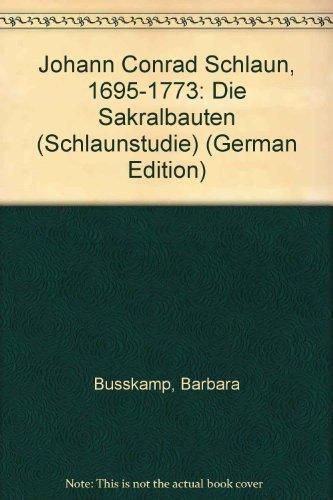
Johann Conrad Schlaun, 1695-1773: Die Sakralbauten
von
Barbara Busskamp
Noch keine Bewertungen
Religion & Spirituality
Format
Taschenbuch
Seiten
263
Sprache
Deutsch
Veröffentlicht
Jan 1, 1992
Verlag
Westfälisches Landesmuseum für Kunst und Kulturgeschichte
ISBN-10
3887891082
ISBN-13
9783887891084
Beschreibung
Barbara Busskamp delves into the life and architectural contributions of Johann Conrad Schlaun, a prominent figure from the late 17th to the early 18th century. Through meticulous research, she examines Schlaun's sacral buildings, which serve as key representations of his influence and style in ecclesiastical architecture. This study highlights the intricate details of his designs, reflecting the spiritual and cultural dynamics of the time.
The book, supported by the efforts of Klaus Bussmann and Florian Matzner, presents a comprehensive overview of Schlaun's works, emphasizing his unique blend of Baroque and Rococo elements. Each structure is explored in depth, whether it is a church or a chapel, showcasing Schlaun’s innovative approaches and techniques that set him apart from his contemporaries.
Busskamp's narrative is rich and engaging, providing readers with insights into the historical context that shaped Schlaun's designs. The illustrations and photographs included enhance the understanding of his architectural legacy, inviting architectural scholars and enthusiasts alike to explore the beauty of these sacred spaces.
Through this examination, the author invites a new appreciation for Schlaun's craftsmanship and the artistic movements that influenced his creations. This work serves not only as a tribute to an important architect but also as a vital contribution to the study of religious architecture in Central Europe.
The book, supported by the efforts of Klaus Bussmann and Florian Matzner, presents a comprehensive overview of Schlaun's works, emphasizing his unique blend of Baroque and Rococo elements. Each structure is explored in depth, whether it is a church or a chapel, showcasing Schlaun’s innovative approaches and techniques that set him apart from his contemporaries.
Busskamp's narrative is rich and engaging, providing readers with insights into the historical context that shaped Schlaun's designs. The illustrations and photographs included enhance the understanding of his architectural legacy, inviting architectural scholars and enthusiasts alike to explore the beauty of these sacred spaces.
Through this examination, the author invites a new appreciation for Schlaun's craftsmanship and the artistic movements that influenced his creations. This work serves not only as a tribute to an important architect but also as a vital contribution to the study of religious architecture in Central Europe.
Rezensionen
Noch keine Rezensionen
Sei der Erste, der dieses Buch rezensiert und deine Gedanken teilt
Erste Rezension hinzufügenLesetagebuch
Keine Lesetagebücher gefunden
Beginne deinen Lese-Fortschritt zu verfolgen, um Log-Einträge hier zu sehen
Füge dein erstes Lesetagebuch hinzuNotizen
Transaktionsprotokoll
Keine Transaktionsprotokolle gefunden
Beginne, deine Buchtransaktionen zu verfolgen, um Log-Einträge hier zu sehen
Fügen Sie Ihr erstes Transaktionsprotokoll hinzu